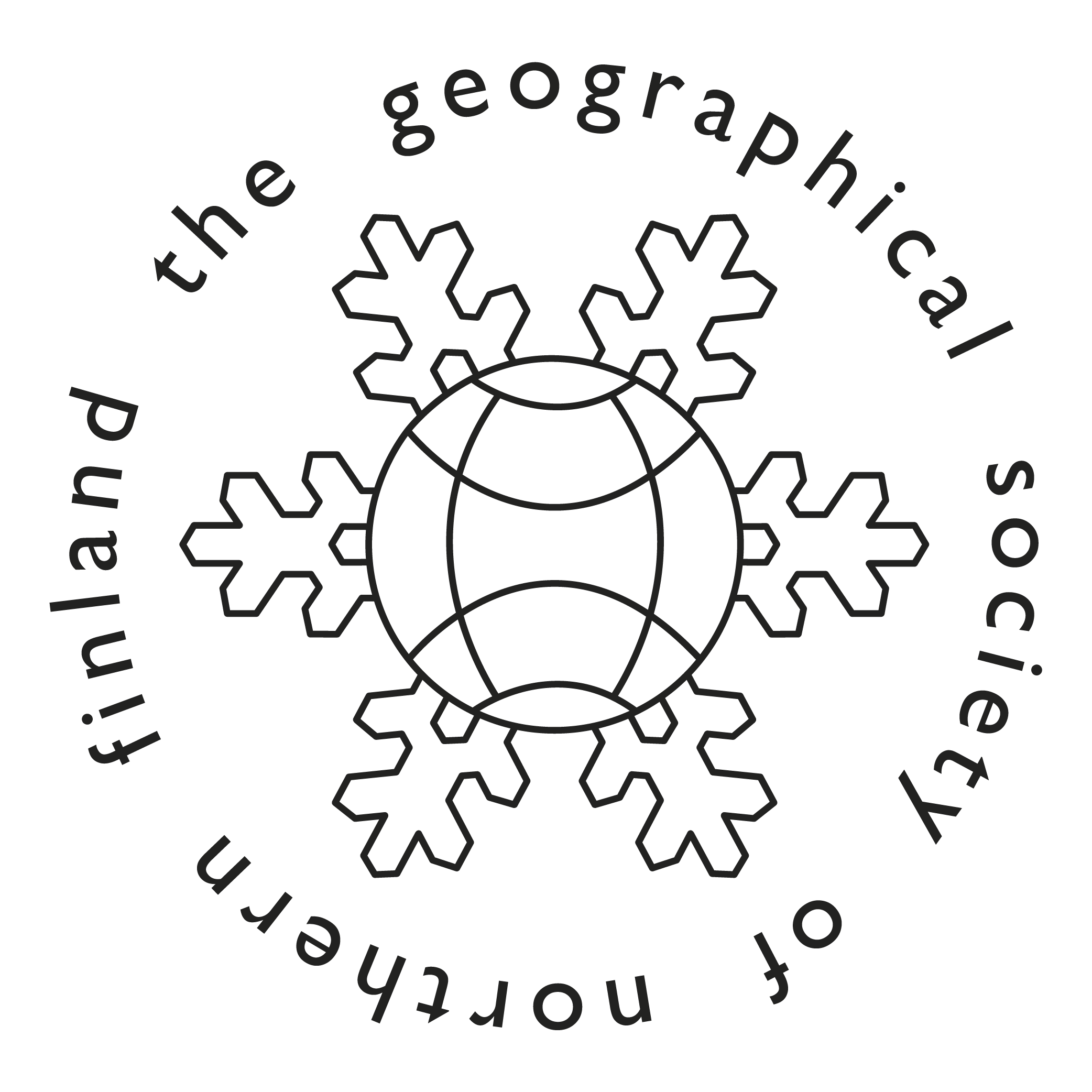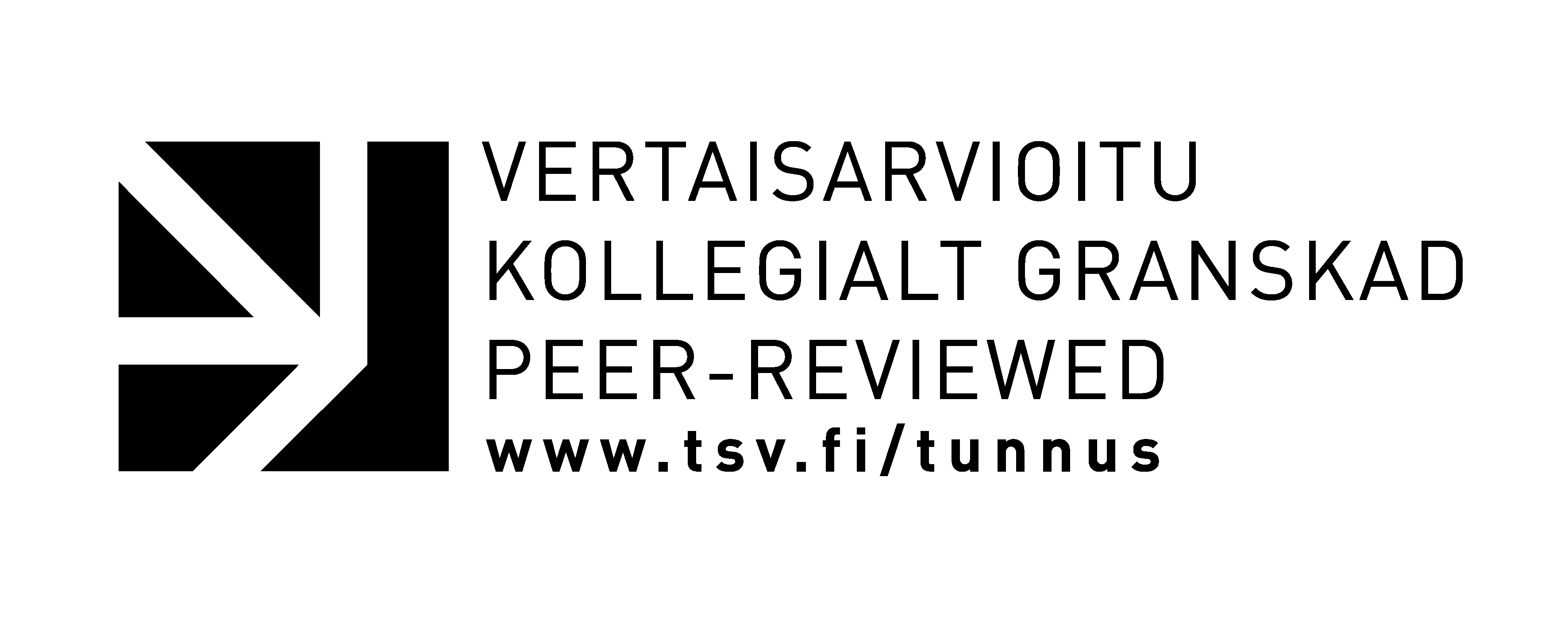Population diversification in demographics, health, and living environments: the Barents Region in review
Abstrakti
This paper provides updates on the geographical patterns in well-being of the population of the Barents region by applying indicators used in demography, public health, and environmental studies. In particular, we analyze recent demographic trends with regard to gender, age, ethnicity, and over time (1990−2015), considering depopulation, aging age structures, mortality and fertility patterns in connection with environmental changes. We investigate environmental effects on population health and living conditions of the Barents people, including the impact of air and water contamination, food insecurity, housing conditions, and new diseases driven by climate change. In addition, we highlight the importance of human capital (highest educational attainment of population) in tackling socio-economic challenges as well as adapting to climate and other sweeping changes occurring in the Barents region. Barents territories show inequalities in post-secondary educational attainment distribution between average nation-wide level and northern regions of Norway, Sweden, Finland, and Russia, based on the latest data available. The results and discussion suggest a significant variability across regions in the context of the studied parameters, except for life expectancy. The causes and consequences of the diversification of these trends need to be further investigated; as does the spatial distribution of societal well-being in the Barents region, an important geographical alliance in the northernmost part of Europe. The evidence presented in this review may help in the planning of adaptive community programs which respond to stresses in society, health, and the environment in the Barents region.







